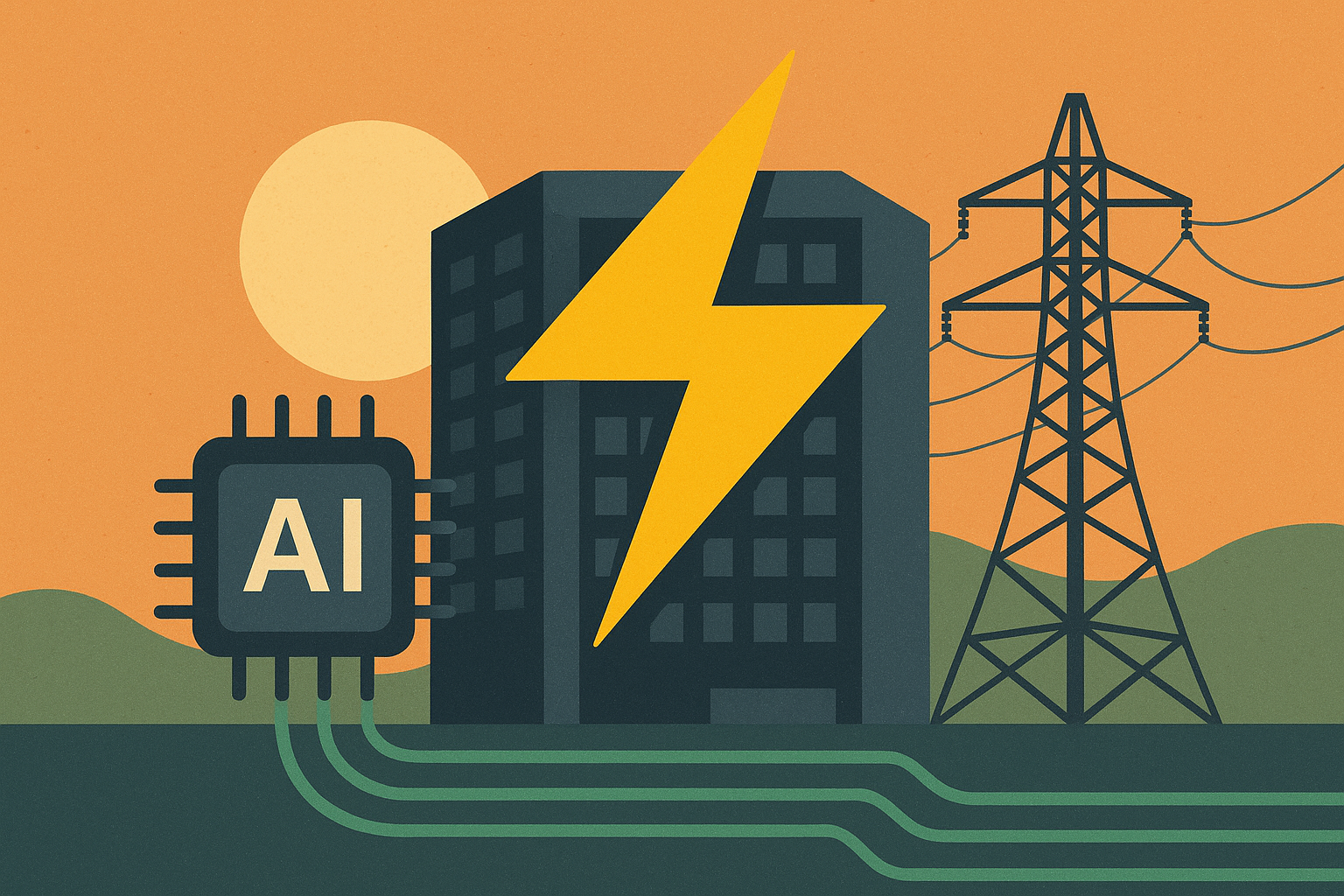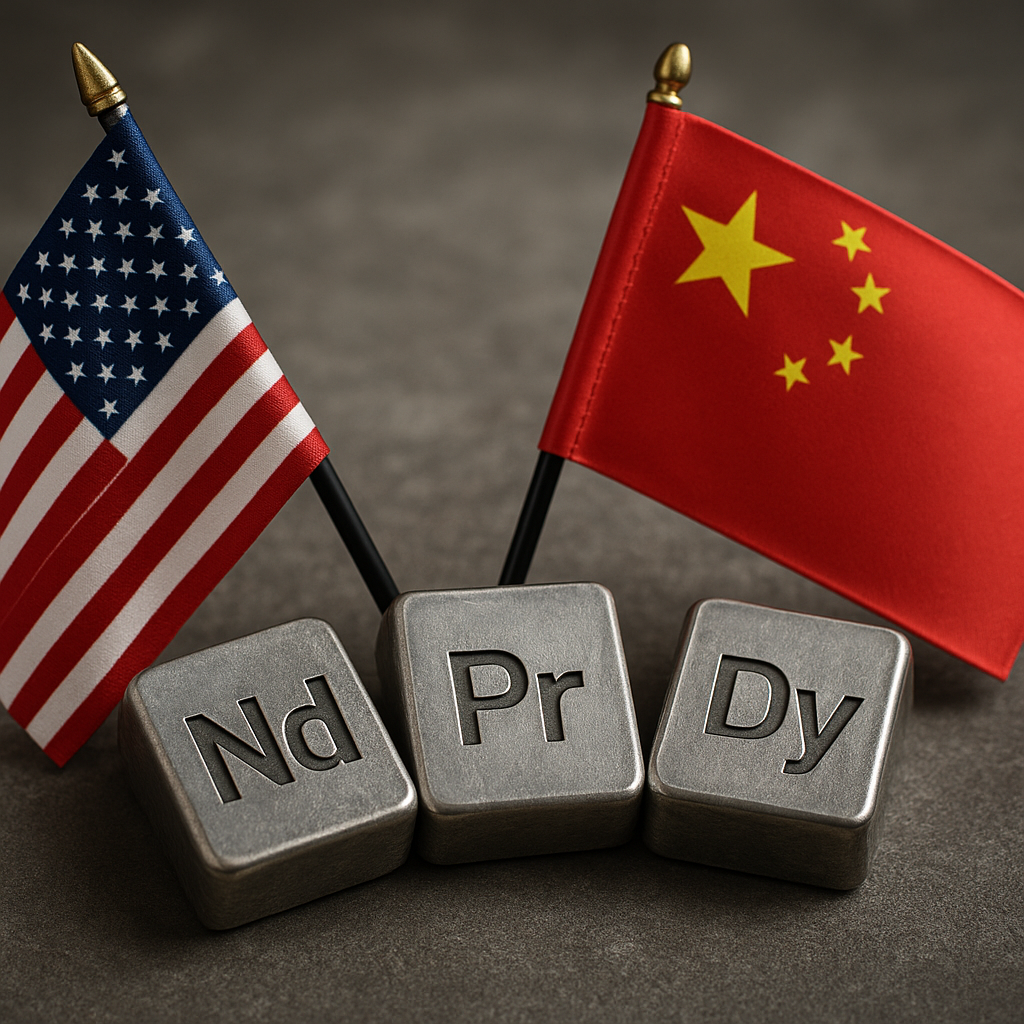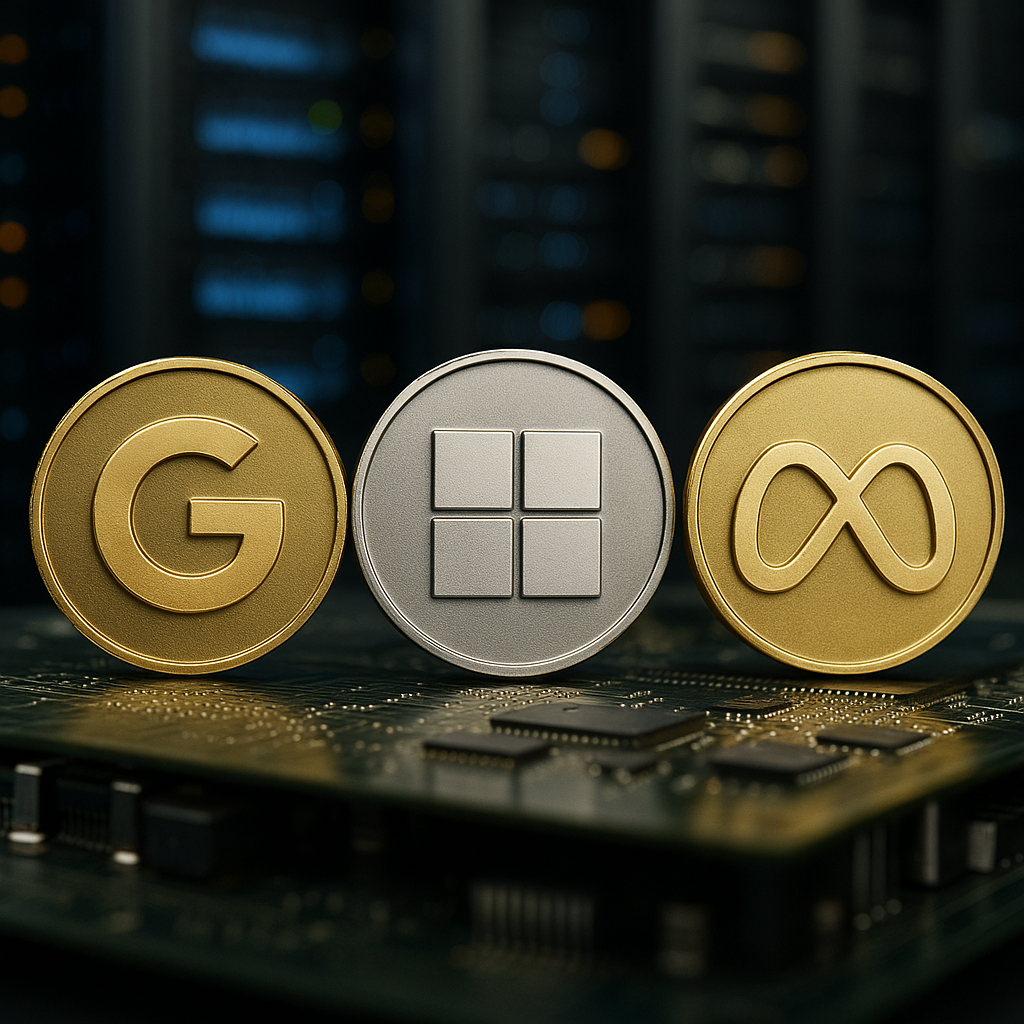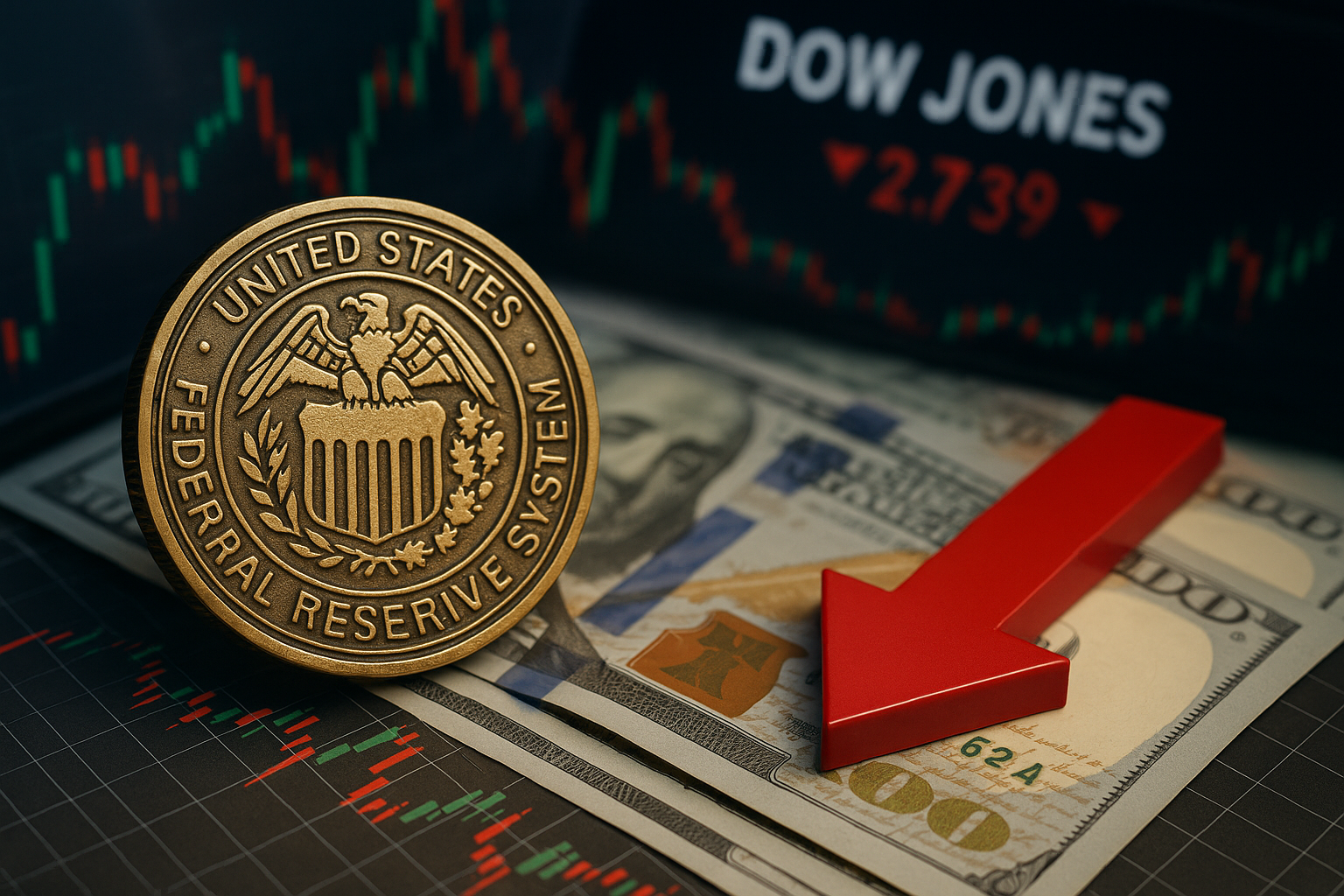The AI boom has captivated Wall Street in 2025, with Nvidia, Microsoft, and Alphabet spending billions to expand computing capacity. Yet, behind the dazzling advances in generative AI lies a less glamorous but critical bottleneck: electricity. The battle between CoreWeave and Core Scientific, now valued at roughly $9 billion, is the clearest signal yet that control of power infrastructure—not just chips or algorithms—may decide the next stage of the AI arms race.
Why Investors Are Paying Attention
CoreWeave, a leading AI cloud provider, has made an offer to acquire Core Scientific, a company that reinvented itself from a bankrupt crypto miner into a major data center operator. The appeal is not Core Scientific’s computing power alone—it’s the company’s access to electricity. According to reporting from Business Insider and Reuters-backed sources, large shareholders argue CoreWeave’s bid significantly undervalues Core Scientific, given its strategic positioning in regions with relatively cheap, reliable power.
This dispute underscores a larger market theme: as demand for AI accelerates, the limiting factor is no longer silicon chips, but the energy and physical infrastructure required to run them. Data centers are projected to consume 10% of U.S. electricity by 2030, according to the International Energy Agency (IEA). Already, states like Texas and Georgia are experiencing record power demand, driven in part by hyperscale AI centers.
The Infrastructure Premium
For investors, this case highlights the emerging “infrastructure premium.” Companies with secured grid access, favorable long-term energy contracts, and proximity to transmission capacity are being repriced as strategic assets. Goldman Sachs recently estimated that global data center investment could reach $1 trillion by 2030, much of which will hinge on power security.
In Core Scientific’s case, its prior crypto-mining operations left it with power agreements and real estate that now serve as scarce assets in the AI economy. The shareholder pushback against CoreWeave’s bid suggests institutional investors believe these assets have not been fully priced in—a potential signal of undervaluation across similar firms in the sector.
Why This Matters for Investors
- Valuation Shifts: Traditional metrics like P/E ratios may miss the hidden value of energy infrastructure. Investors should consider companies’ power access and contracts when evaluating AI-related stocks.
- Deal Risk: Contested acquisitions could increase M&A volatility in the AI infrastructure sector, potentially affecting stock performance in the short term.
- Policy and Regulation: Rising public concern about data center energy use may lead to tighter regulations. A McKinsey report notes that local permitting is already the single largest bottleneck for data center expansion in the U.S. and Europe.
Future Trends to Watch
- Energy Inflation: As AI power demand collides with rising electricity costs, profitability of data centers could face pressure.
- Grid Expansion: Utilities and transmission projects stand to benefit if governments accelerate investment in capacity.
- Carbon & ESG Scrutiny: With AI data centers projected to rival the carbon footprint of entire nations, institutional investors are increasingly factoring in ESG considerations. Firms that can demonstrate low-carbon power sourcing may trade at a premium.
Key Investment Insight
Investors should view electricity access and power infrastructure as the new oil of the AI era. Companies that control or secure affordable, scalable energy are positioned to outperform as AI demand escalates. Beyond traditional tech names, utilities, renewable energy providers, and real-estate investment trusts (REITs) specializing in data centers represent potential growth opportunities.
The CoreWeave–Core Scientific battle isn’t just about one deal—it’s a signal to the market. The AI gold rush has entered a new phase where power grids, not GPUs, are the scarce commodity. For investors seeking to position ahead of the curve, the question is no longer who builds the smartest AI model, but who controls the switch.
Stay tuned with MoneyNews.Today for more daily insights on the forces reshaping markets and the investment opportunities they create.





